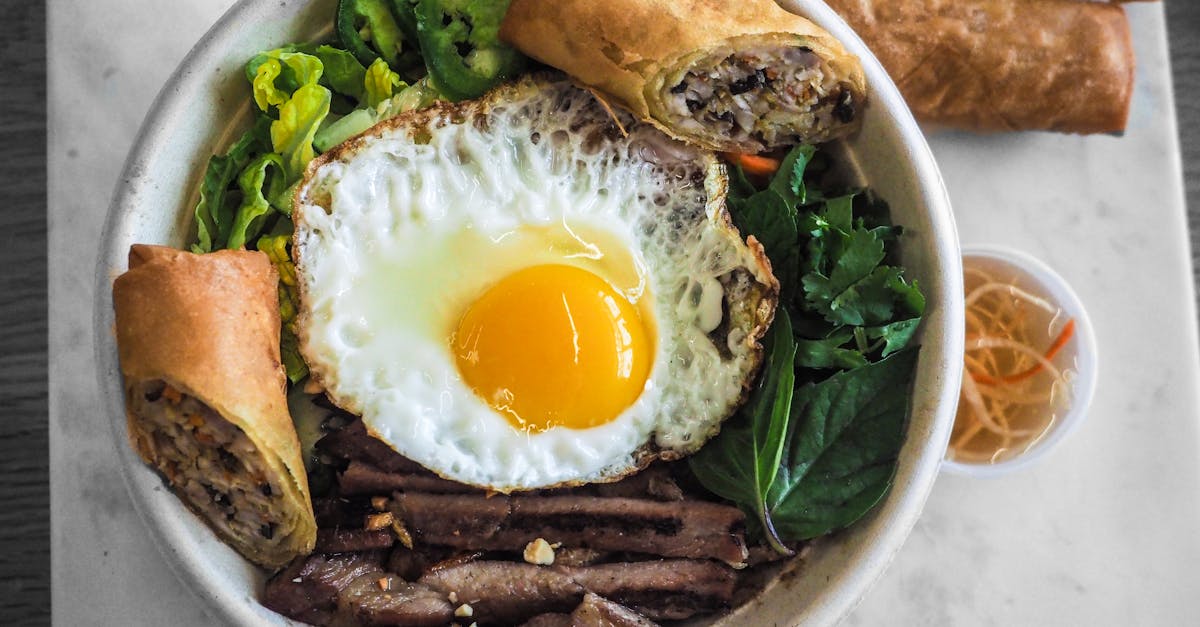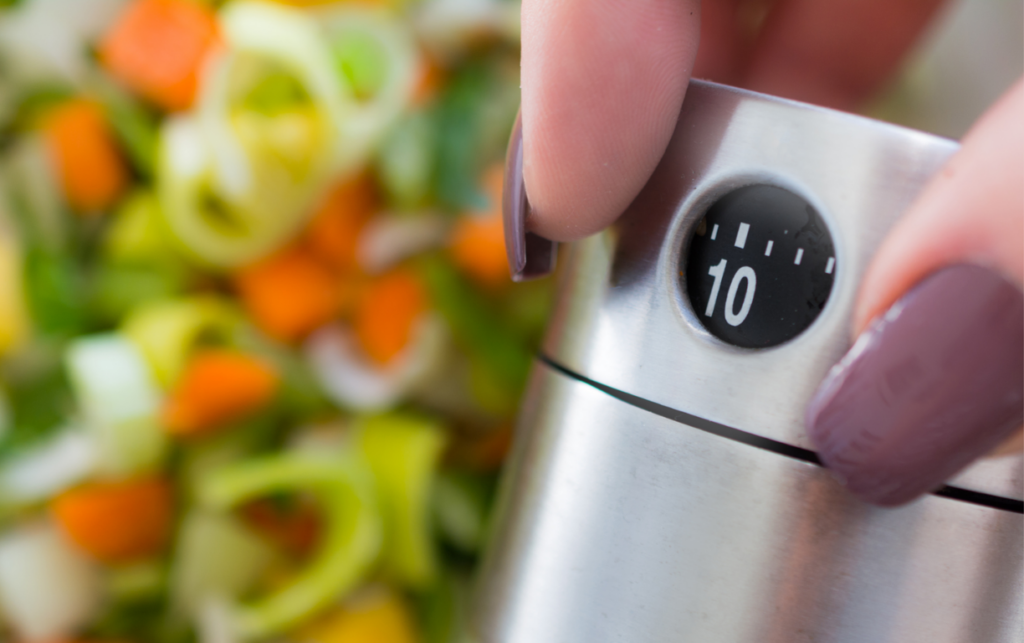Physical Address
304 North Cardinal St.
Dorchester Center, MA 02124
Physical Address
304 North Cardinal St.
Dorchester Center, MA 02124


Slow cooking is a beloved method for creating tender and flavorful meals, but have you ever wondered if there’s such a thing as cooking for too long? While the convenience of setting it and forgetting it is appealing, understanding the limits of slow cooking can save you from potential culinary mishaps.
Overcooking can lead to mushy textures and loss of flavor, which isn’t what you want after hours of anticipation. As you explore the nuances of slow cooking, you’ll discover how to strike the perfect balance between time and taste. So, let’s dive into the question: can you really slow cook for too long?
Slow cooking involves cooking food at low temperatures for extended periods. This method allows flavors to meld and results in tender, juicy meals.
Slow cooking refers to a method where food cooks at low temperatures, typically between 170°F and 280°F (77°C to 138°C). This technique uses a slow cooker or crockpot, which maintains consistent heat. You can prepare various dishes, including soups, stews, and roasts. The key aspect of slow cooking is time; recipes often require several hours.
Slow cooking uses low temperatures to create mouthwatering meals. Understanding the science behind it helps optimize your culinary results.
Heat causes chemical reactions that transform food. Proteins denature and connective tissues break down, resulting in tender meat. Enzymatic reactions enhance flavors, making dishes more flavorful. However, prolonged exposure to heat may lead to undesirable textures, especially in vegetables, which can become mushy. Monitoring cooking time ensures foods retain their intended consistency while maximizing flavor.
Cooking times and temperatures significantly impact food safety and quality. Slow cooking typically occurs between 170°F and 280°F (77°C to 138°C). At these ranges, food reaches the ideal doneness while maintaining moisture. For instance, tougher cuts of meat like brisket benefit from longer cooking times, while delicate ingredients like seafood require less time. Following recommended cooking times prevents overcooking and preserves textures and flavors.
Slow cooking offers great flexibility, but cooking for an excessive amount of time can negatively affect your meal. Understanding the signs and impacts of overcooking helps you achieve optimal results.
You can recognize overcooking by several telltale signs. First, vegetables turn mushy and lose their crispness, making them less appealing. Second, meat may appear dry or tough, despite being cooked for long periods. Third, flavors may become muted or overly blended, eliminating the distinct taste of individual ingredients. Monitoring these indicators ensures food remains enjoyable.
Overcooking leads to significant changes in texture and flavor. You’ll notice that meat can lose its tenderness and develop an unnatural, stringy consistency when cooked too long. Vegetables become unrecognizable, lacking their intended crunch and releasing excess moisture. Additionally, flavors may dilute or blend together, diminishing the overall quality of your dish. Adjusting cooking times according to ingredient types and cut sizes prevents these undesirable outcomes.
Effective slow cooking requires knowledge of cooking times and techniques to prevent overcooking. Understanding these best practices ensures flavorful and satisfying meals.
Follow these general guidelines for cooking times based on the type of food:
| Food Type | Low Temperature (6-8 hours) | High Temperature (4-6 hours) |
|---|---|---|
| Beef (roasts) | 8-10 hours | 4-6 hours |
| Pork (roasts) | 8-10 hours | 4-6 hours |
| Chicken (whole) | 6-8 hours | 4-5 hours |
| Vegetables | 6-8 hours | 3-4 hours |
| Seafood | 2-3 hours | 1-2 hours |
Tougher cuts of meat benefit from longer cooking times, while delicate ingredients like seafood require shorter durations to maintain their texture and flavor.
Implement these strategies to prevent overcooking:
By following these recommended practices, you can maximize the benefits of slow cooking while avoiding common pitfalls.
Slow cooking is a fantastic way to prepare delicious meals but it’s crucial to keep an eye on cooking times. Overcooking can lead to unappetizing textures and muted flavors that can ruin your dish. By understanding the ideal cooking times for different ingredients and adjusting as needed, you can ensure your meals turn out perfectly every time.
Remember to monitor your slow cooker and consider the types of ingredients you’re using. With a little attention and practice, you can enjoy all the benefits of slow cooking without the risk of overdoing it. Happy cooking!
Slow cooking is a method that prepares food at low temperatures, typically between 170°F and 280°F (77°C to 138°C). This technique uses a slow cooker or crockpot to create tender meals, allowing flavors to meld together for richer taste profiles.
Yes, you can overcook food in a slow cooker. Prolonged cooking can lead to mushy vegetables, dry or tough meat, and flavors that become muted, resulting in undesirable textures and loss of taste.
Tough cuts of meat, beans, stews, and hearty vegetables are best suited for slow cooking. These ingredients benefit from longer cooking times, which help break down fibers and enhance flavors.
Slow cooking generally retains more nutrients than high-temperature cooking methods. The relatively low heat helps preserve vitamins and minerals, especially when cooking with liquids, which minimizes nutrient loss.
Signs of overcooked food include mushy vegetables, stringy or dry meat, and faded flavors. Monitoring cooking times and adjusting based on ingredient type will help prevent these issues.
To avoid overcooking, monitor cooking times carefully, layer ingredients correctly, adjust liquid levels, check internal temperatures, and cut larger vegetables into smaller, uniform pieces for even cooking.
For tougher cuts of meat, cooking for 8-10 hours on low is ideal. For poultry, aim for 6-8 hours; for vegetables, 4-6 hours; and for seafood, no more than 1-2 hours to retain texture and flavor.
Yes, slow cookers are generally more energy-efficient than traditional ovens. They use lower temperatures and less electricity over extended cooking periods, making them a cost-effective kitchen appliance.